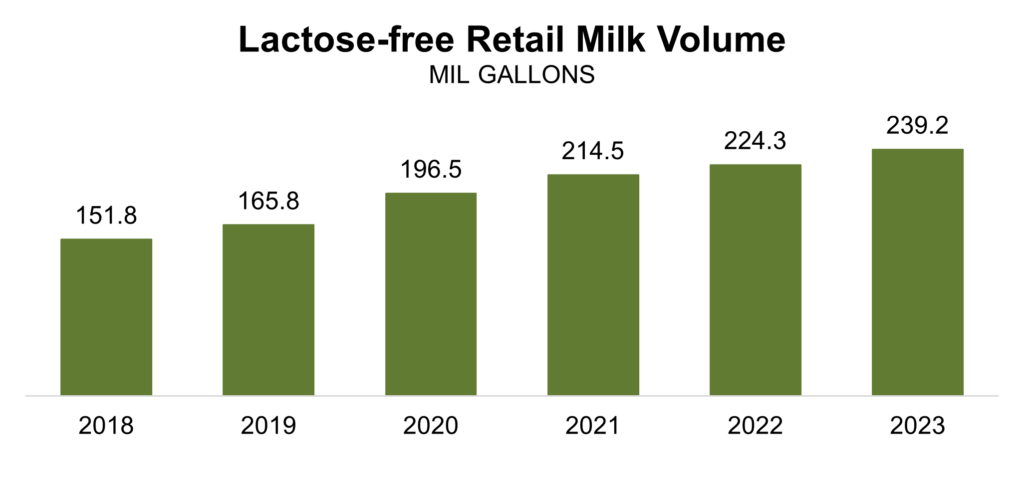From Gregg Doud, President and CEO, National Milk Producers Federation:
“NMPF spent more than two years preparing for USDA’s Federal Order hearing, and that preparation paid off. Our proposals, unanimously supported by our Board of Directors, reflect farmer unity and a good-faith effort to build industry consensus. After five months, 12,000 pages of testimony, and almost two dozen separate proposals considered, our plan remains the most comprehensive, coherent, and compelling framework for modernizing a system that’s badly in need of improvement. We look forward to working with USDA and the entire industry in the weeks and months to come, noting that any plan USDA designs will by necessity require complex analysis to result in a proposal that serves diverse farmer needs well.
“In the meantime, we’ll continue to advocate for badly needed changes in areas such as the Class I mover. The current formula has cost farmers $1.2 billion in losses since its implementation after the 2018 farm bill, with additional losses expected in the coming months. It needs to change back to the previous “higher-of’ formula that served farmers best. The higher-of responds quickly to the marketplace, it helps farmer cash flow, it’s simple to understand, and it would have no real impact on processors who are using the formula to boost their immediate balance sheets, not manage future risk as they claim.
“Dating to NMPF’s first internal discussions, our path toward FMMO modernization is now nearly three years old. This final year is the most critical. We are excited to continue our leadership in this critical area, and will, as always, fight for the best approaches to ensure that dairy farms prosper.”
FACTS ABOUT NMPF’s FMMO PROPOSAL:
NMPF supports the federal legislation that authorizes the FMMO system, as well as improvements that increase clarity and producer understanding of milk pricing and ensure an orderly market and fair prices for dairy farmers.
NMPF’s proposed changes to the Federal Milk Marketing Order System include:
- Returning to the “higher of” Class I mover;
- Discontinuing the use of barrel cheese in the protein component price formula;
- Extending the current 30-day reporting limit to 45 days on forward priced sales on nonfat dry milk and dry whey to capture more exports sales in the USDA product price reporting;
- Updating milk component factors for protein, other solids and nonfat solids in the Class III and Class IV skim milk price formulas;
- Developing a process to ensure make-allowances are reviewed more frequently through legislation directing USDA to conduct mandatory plant-cost studies every two years;
- Updating dairy product manufacturing allowances contained in the USDA milk price formulas; and
- Updating the Class I differential price system to reflect changes in the cost of delivering bulk milk to fluid processing plants.
For more information, visit here.

 This is shaping up to be an exciting year for both whole and lactose-free milk, two growing segments of fluid milk consumption that are poised for further gains in grocery aisles as well as Washington, D.C. policy circles.
This is shaping up to be an exciting year for both whole and lactose-free milk, two growing segments of fluid milk consumption that are poised for further gains in grocery aisles as well as Washington, D.C. policy circles.





